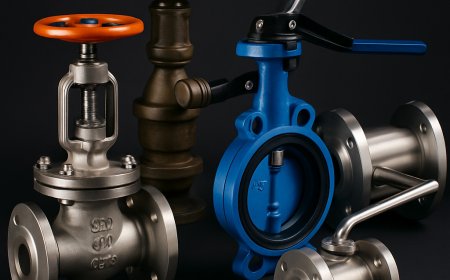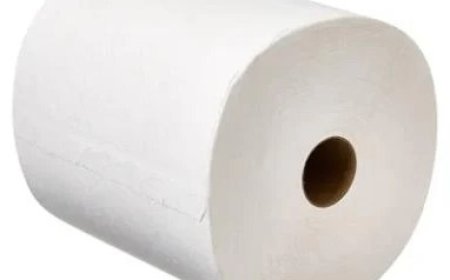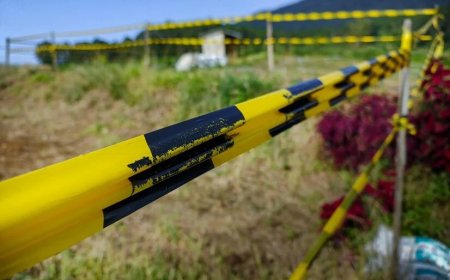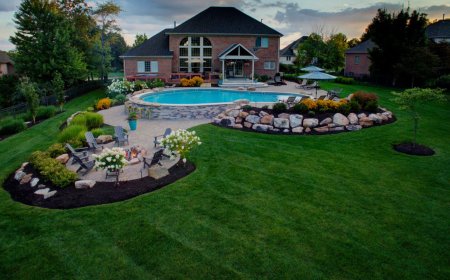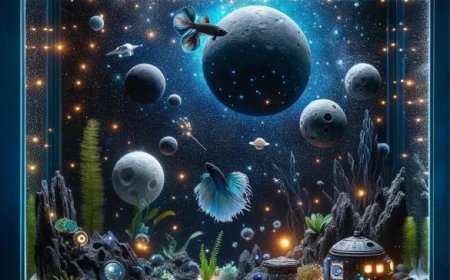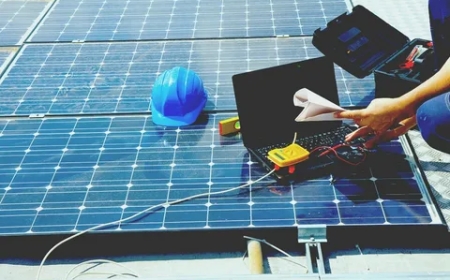Green Floors Trends for 2025: Sustainable Choices for Every Room
Discover 2025’s top green flooring trends with eco-friendly, stylish, and sustainable options for every room in your home.

US, June 2025 - As sustainability continues to shape our homes and lifestyles, flooring choices are undergoing a revolution. Green flooring options are no longer limited to a select few materials. Instead, homeowners and designers in 2025 are embracing a wide array of eco-friendly flooring that not only supports the planet but also adds elegance, comfort, and durability to living spaces. Whether you're renovating your kitchen, upgrading your bathroom, or designing a brand-new home, the right sustainable flooring choice can make a big impact.
Why Choose Green Floors?
Green flooring refers to materials that are sustainably sourced, produced with minimal environmental impact, and contribute to a healthier indoor environment. These materials are often renewable, recyclable, non-toxic, and durable. With the increased demand for eco-friendly home improvements, green flooring has evolved in both variety and style, offering options for every aesthetic and budget.
Cork Flooring
Cork flooring continues to be a top choice in 2025, especially for bedrooms, living rooms, and home offices. Harvested from the bark of the cork oak tree about every seven years, this material is renewable and regenerates without harming the tree. Cork is naturally antimicrobial, hypoallergenic, and resistant to mold and mildew, making it ideal for households with children or allergy sufferers.
Modern cork floors come in a variety of colors and patterns, and their soft, cushioned surface makes them a comfortable choice underfoot. They're also excellent for insulation and soundproofing, helping maintain a quiet, energy-efficient home.
Bamboo Flooring
Bamboo is another standout in the sustainable flooring world. Technically a grass, bamboo grows rapidly, reaching maturity in 3 to 5 years, making it a rapidly renewable resource. In 2025, strand-woven bamboo flooring is especially popular due to its enhanced durability and elegant wood-like appearance.
Available in a variety of finishes, bamboo suits both modern and traditional interiors. It's perfect for high-traffic areas such as hallways, kitchens, and living rooms. However, it's important to choose bamboo from reputable manufacturers who use low-VOC adhesives and sustainable harvesting practices.
Reclaimed Hardwood
Reclaimed hardwood flooring remains a timeless option for those who love the charm of aged wood but want to avoid the environmental toll of harvesting new trees. Salvaged from old buildings, barns, and factories, reclaimed wood brings unique grain patterns and texture, historical character and cultural heritage into modern homes.
This eco-friendly option is ideal for dining rooms, home libraries, and open-concept spaces where a warm, natural aesthetic is desired. With proper sealing and care, reclaimed hardwood floors can last for decades.
Forbo Marmoleum
Linoleum is making a major comeback, thanks to brands like Forbo Marmoleum Linoleum that have modernized the material for today's eco-conscious consumer. Made from natural ingredients like linseed oil, wood flour, and jute, Marmoleum is 100% biodegradable and carbon-neutral.
Marmoleum is durable, anti-static, and resistant to bacteria and allergens, making it a smart choice for kitchens, bathrooms, and children's play areas. It comes in an impressive array of colors and patterns, allowing for creative, custom designs that don't compromise on sustainability.
Sheep Wool Carpet
For those who prefer the plush comfort of carpet, sheep wool offers a luxurious, eco-friendly alternative to synthetic fibers. Wool is naturally flame-resistant, biodegradable, and excellent at regulating humidity.
Sheep wool carpet works wonderfully in bedrooms and family rooms where softness and warmth are key. Additionally, it contributes to better indoor air quality by absorbing pollutants like formaldehyde.
Marmoleum Click Flooring
Another variant of linoleum gaining traction in 2025 is Marmoleum Click flooring. This product features Marmoleum panels that click together without glue, making it easy for DIY enthusiasts to install.
It shares all the sustainability and health benefits of traditional Marmoleum while offering convenience and versatility. Great for entryways, kitchens, and even rental properties, Marmoleum Click is water-resistant, durable, and visually appealing.
Natural Stone and Ceramic Tiles
Though not renewable, natural stone and ceramic tiles are incredibly durable and can last a lifetime with minimal maintenance. In 2025, they're increasingly sourced from local or regional quarries to reduce carbon footprints associated with transportation.
These materials are ideal for bathrooms, kitchens, and outdoor areas. When installed with low-VOC adhesives and grout, they provide a healthy, long-lasting flooring solution.
Concrete Floors
Polished concrete floors are gaining traction in modern eco-friendly homes for their sleek look and minimal resource use. Since concrete is often already part of the building structure, polishing it into a finished floor avoids the need for additional materials.
Concrete floors are especially popular in basements, garages, and industrial-style homes. They're energy-efficient (due to thermal mass properties) and easy to maintain with non-toxic sealers.
Innovation and Responsibility
As we move further into 2025, green flooring will continue to evolve. Innovations in bio-based materials, recyclable flooring systems, and cradle-to-cradle design principles are set to redefine what's possible in sustainable interior design. Consumers are more informed and conscious, demanding transparency and accountability from manufacturers.
Green flooring isn't just a trendit's a necessity for a more sustainable future. From cork and bamboo to reclaimed wood and Marmoleum, the options in 2025 are abundant, stylish, and accessible. Choosing the right eco-friendly flooring for each room not only supports a healthier planet but also creates more comfortable and beautiful living environments.










